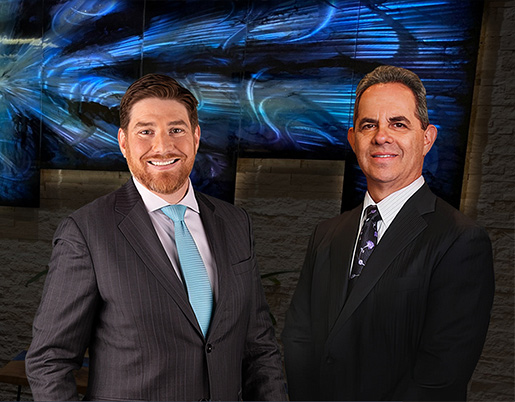 The first automobile headlamp was introduced in the 1880’s. It used burning acetylene or oil because the flame was resistant to wind and rain. By the early 1940’s, the first round sealed beam headlamp was introduced and soon became a requirement for all vehicles sold in the United States. Since then the shape has changed, there has been the invention of replaceable bulb construction, halogen infrared reflective (HIR) lighting, and high intensity discharge (HID) lighting. For most, automobile headlamps did not offer much excitement, Until Now!
The first automobile headlamp was introduced in the 1880’s. It used burning acetylene or oil because the flame was resistant to wind and rain. By the early 1940’s, the first round sealed beam headlamp was introduced and soon became a requirement for all vehicles sold in the United States. Since then the shape has changed, there has been the invention of replaceable bulb construction, halogen infrared reflective (HIR) lighting, and high intensity discharge (HID) lighting. For most, automobile headlamps did not offer much excitement, Until Now!
In 2004, Lexus introduced the first light emitting diodes (LEDs) headlight. The LED not only offered a fascinating assortments of tiny bright light sources, but can be used for multiple functions, such as parking lamps, brake lamps, and turn signals. This allows automobile manufacturers develop headlights that fit in with the sleek futuristic design of today’s vehicles. They also offer lower power consumption and a longer lifespan.
 The biggest innovation to come with LED headlamps is the ability to allow automatic headlamp systems. Automatic headlamps have been available since the mid 1960’s, but until now, have only been offered on luxury models. These systems can optimize the headlight beam to the vehicles steering and suspension, as well as weather, visibility, vehicle speed, and road curvature and contour. The driver no longer needs to activate the correct beam for driving conditions because everything is done automatically, allowing the driver to focus on the road.
The biggest innovation to come with LED headlamps is the ability to allow automatic headlamp systems. Automatic headlamps have been available since the mid 1960’s, but until now, have only been offered on luxury models. These systems can optimize the headlight beam to the vehicles steering and suspension, as well as weather, visibility, vehicle speed, and road curvature and contour. The driver no longer needs to activate the correct beam for driving conditions because everything is done automatically, allowing the driver to focus on the road.
LED’s have had a dramatic aesthetic impact on vehicle lighting. They can be arranged in countless configurations and combined with reflectors and filters to produce awe inspiring effects. Because they are now manufactured in large quantities they can be found on both inexpensive and luxury vehicles, and are expected to eventually surpass the use of HID headlamps.








